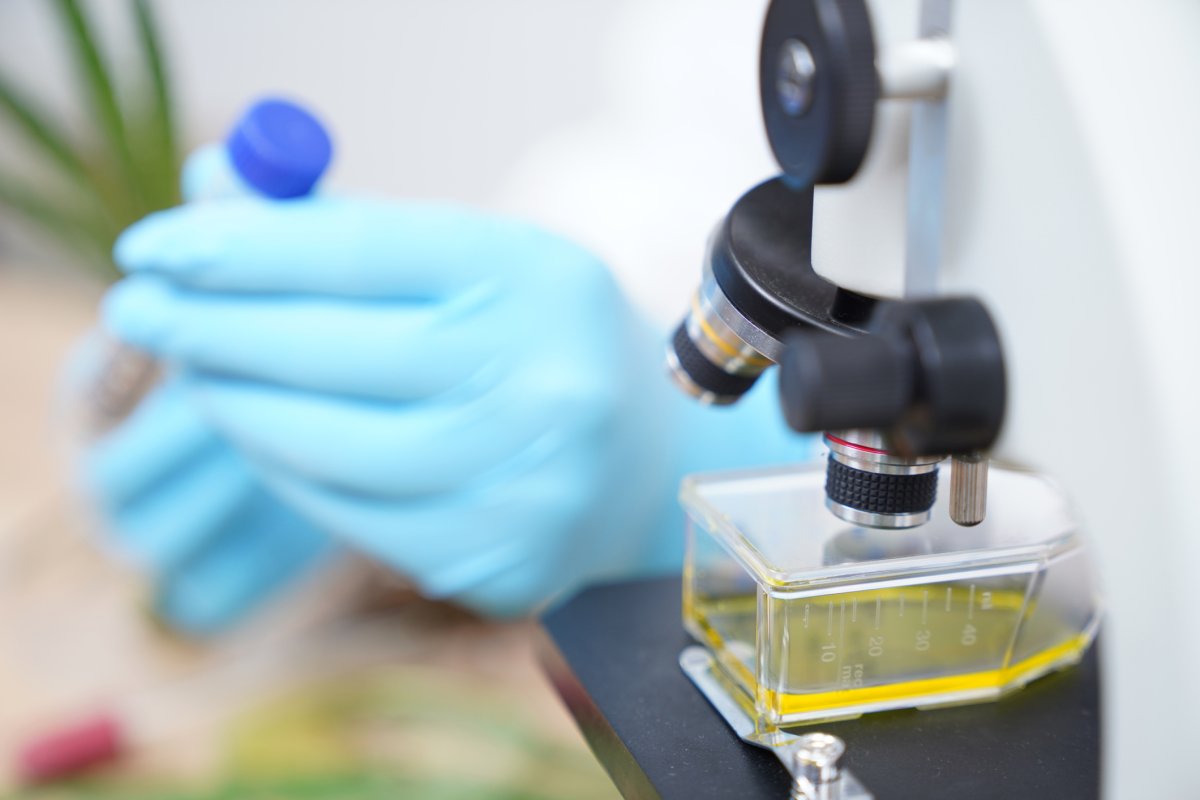Thousands of scientists around the world are working on problems raised by the COVID-19 pandemic. Here is a summary of some recent research from peer-reviewed academic journals and scientific agencies:

Vaccine development
Science magazine has published an editorial that says developing a COVID-19 vaccine will take a global research effort on the scale of the one that led to the creation of the atomic bomb.
The editorial says that with 44 vaccines in early development, a co-ordinated worldwide program is needed to arrive at the safest and most effective candidate.
Manufacturing enough of the eventual vaccine will also require co-operation, the editorial says. “Extraordinary” information-sharing and collaboration is the only way to ensure the best vaccine is developed quickly and efficiently.
Lifting the lockdown
Imperial College London has examined the impact of the slow resumption of mobility in China after no new cases from local transmission were reported for five days in a row.
Researchers tracked the movement of people within their cities as a way to estimate the revival of economic activity.
Initially, in-city movement and transmission were very strongly correlated in Beijing and the five provinces most affected by the epidemic. However, that correlation is no longer apparent, even though in-city movement has started to increase.
The results don’t mean the virus is gone. Nor do they predict the amount of movement that can be safely resumed. They do suggest China may be able to ease its stringent social-distancing policy.
Surface transmission
Scientists are debating the risk of COVID-19 transmission from surfaces.
A report from the Centers for Disease Control in Atlanta found genetic material from the novel coronavirus on surfaces on the quarantined Diamond Princess cruise ship as long as 17 days after cabins were vacated.
Others point out the discovery doesn’t mean that genetic material is capable of infecting a new host.
A 2011 study in the journal PLOS-One looked at the lingering transmissibility of the H1N1 strain of influenza, which shares many characteristics with the novel coronavirus. Although genetic traces of the H1N1 virus were detectable on a surface for up to 24 hours, its viability fell off much more quickly.
Heart damage
The Journal of the American Medical Association reports Chinese scientists have concluded that damage to the heart is common among patients hospitalized with COVID-19.

The study of 416 patients with confirmed COVID-19 found that cardiac injury occurred in about one in five patients in hospital.
The patients had a risk of dying that was about 10 times higher than those with no heart issues.
Canadian vaccine
Scientists at Western University in London, Ont., are beginning developmental work on a COVID-19 vaccine.
The effort builds on previous work done at the school for a vaccine for the MERS virus, another coronavirus related to the one that causes COVID-19.
Researchers hope to develop techniques to adapt vaccines effective against one virus to work against another related one. That would allow them to quickly produce new vaccines to fight future viral outbreaks.
Robotics
Robotics researchers say automation could relieve humans of the “dull, dirty and dangerous” tasks in infectious disease management.
It could include remote collection of data and samples from patients, as well as automated diagnostic and lab testing to minimize exposure risk for medical staff.
Drones and underground vehicles could also be used for transferring samples and delivering medicines, and social robots could relieve the isolation of self-quarantine.


Comments